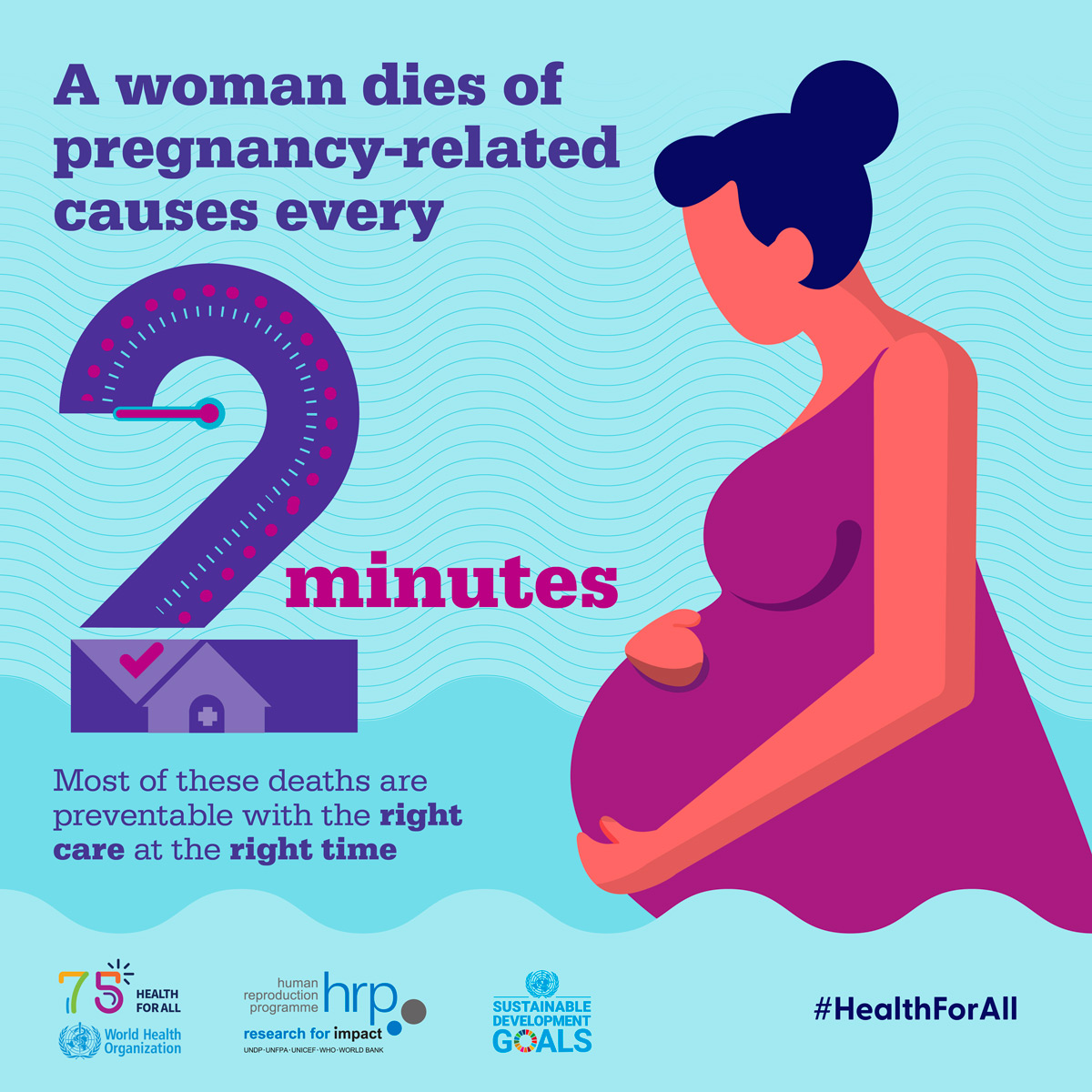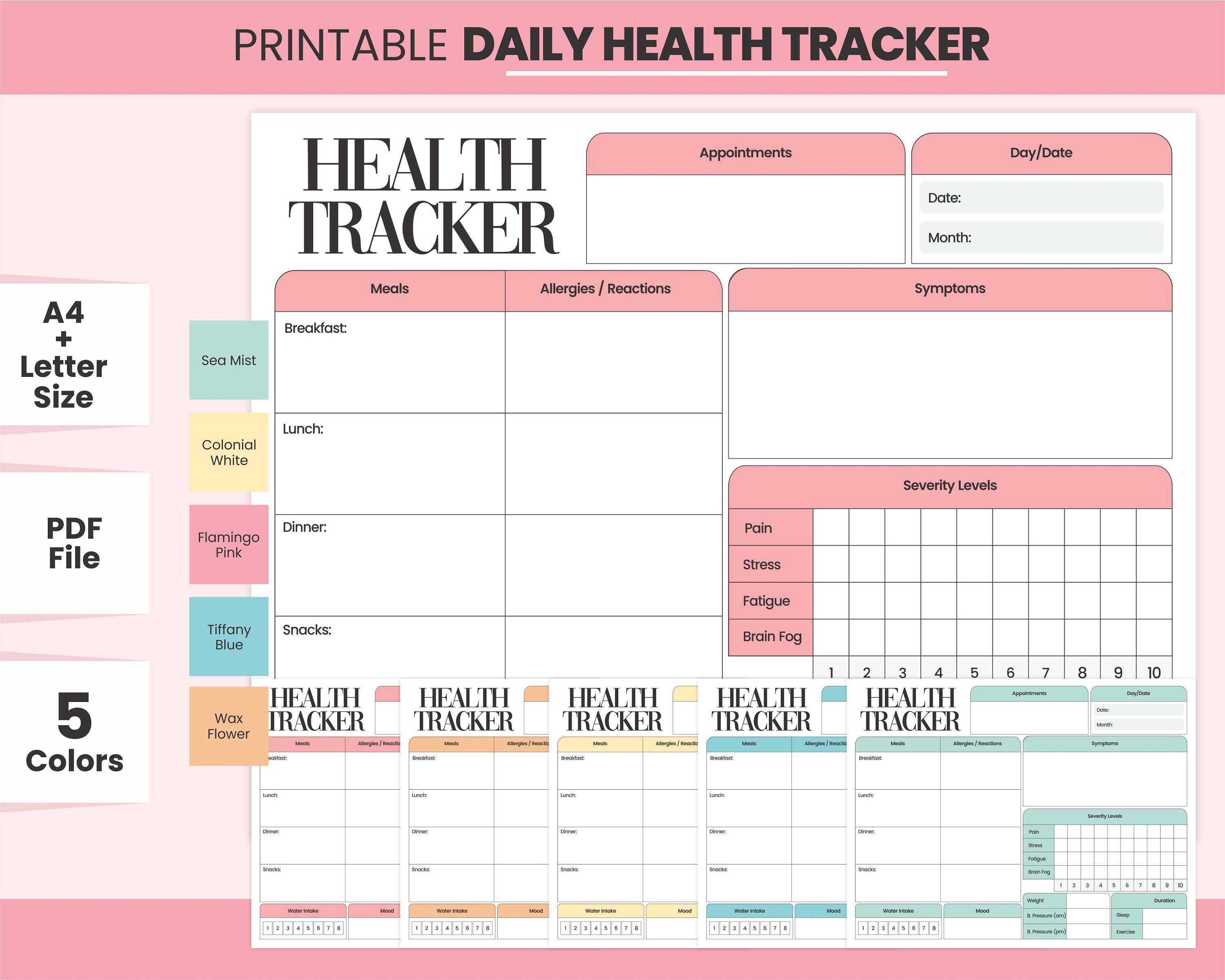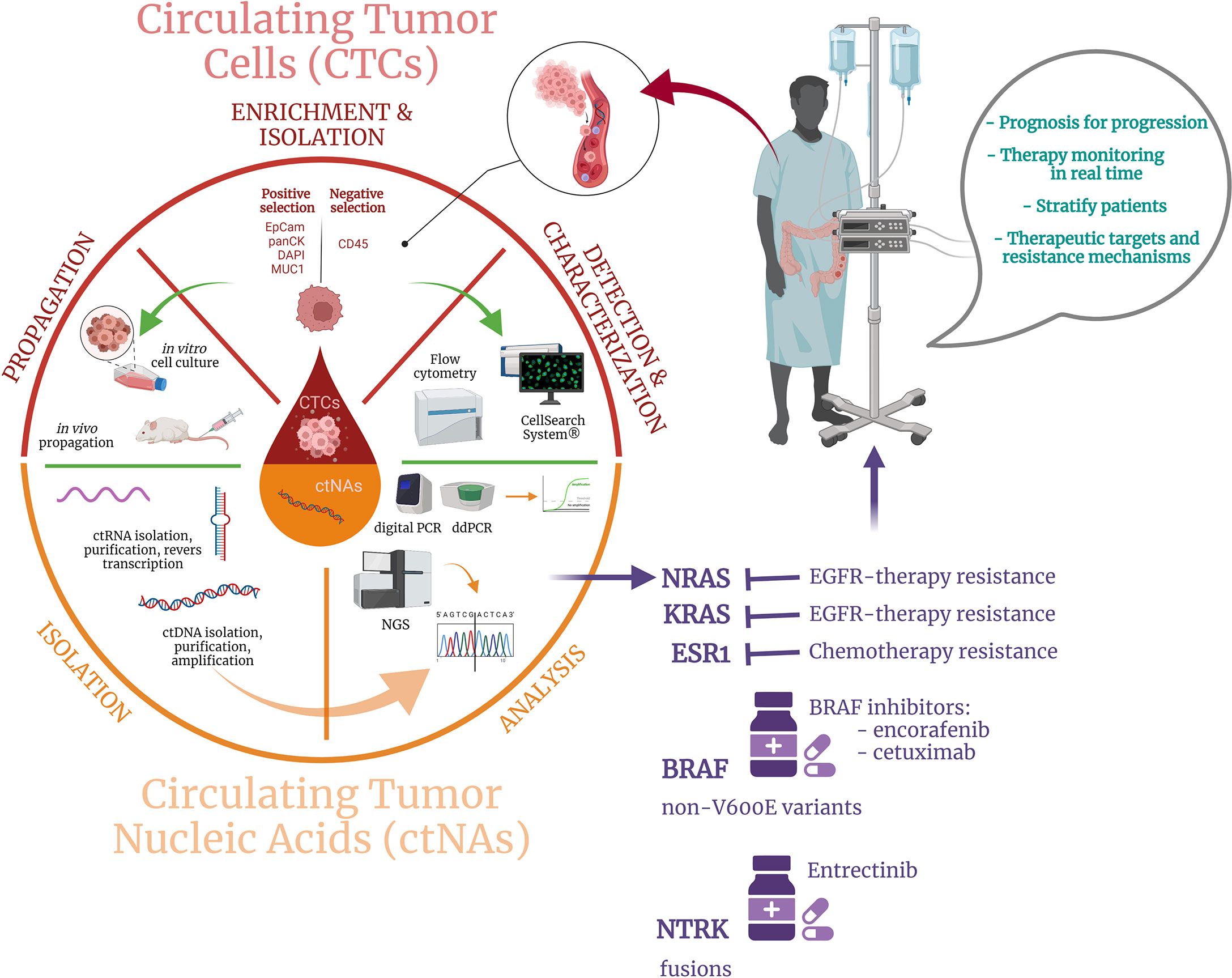Maternal mortality remains an alarming issue in the United States, where recent data shows that many of these tragic outcomes are preventable. A shocking statistic reveals that over 80 percent of pregnancy-related deaths could be avoided with better healthcare access and interventions. Unfortunately, the U.S. continues to lead high-income countries in maternal mortality rates, highlighting significant disparities in care that affect various racial and ethnic groups. The disparities prompted by systemic healthcare inequities also extend to postpartum care, where many women fail to receive the support they need after giving birth. Addressing these challenges is essential to decreasing preventable deaths during pregnancy and improving maternal health for all.
The issue of maternal mortality, often referred to in discussions as the rate of pregnancy-related fatalities, sheds light on critical health challenges faced by women in the U.S. across different demographics. With escalating statistics reflecting the tragic loss of lives during or shortly after childbirth, it is imperative to consider how healthcare system disparities play a role in these outcomes. The rising trends indicate not only an urgency in modern maternity care practices but also emphasize the impact of racial disparities in maternal health. Furthermore, the need for comprehensive postpartum care illustrates the importance of addressing the full spectrum of women’s health during and after pregnancy. By recognizing these interconnected factors, we can work towards better policies and support systems to reduce maternal deaths.
Understanding the Rising Trend of Maternal Mortality
Maternal mortality in the United States has seen a troubling upward trend in recent years, making it a significant public health issue. The U.S. leads high-income countries in maternal mortality rates, where more than 80% of these deaths are seen as preventable. Factors contributing to this alarming increase include inadequate prenatal care, a fragmented healthcare system, and systemic barriers faced by marginalized communities. The results from recent studies indicate that state and racial disparities play crucial roles in the appearance of these preventable deaths during pregnancy.
The data shows that the states are not uniform in their maternal health outcomes, with significant variations in mortality rates from one state to another. States demonstrating better maternal health strategies have managed to keep their rates significantly lower, suggesting that with proper interventions and policies, states with higher rates can improve. A deeper understanding of these dynamics is essential as it highlights the possibility of effective change and the urgent need for comprehensive healthcare reforms.
Preventing Pregnancy-Related Deaths Through Improved Healthcare Access
Efforts to reduce preventable deaths during pregnancy must focus on improving access to quality healthcare throughout the entire perinatal period. This includes enhancing prenatal services that are often underfunded or inaccessible, particularly in rural and underserved urban communities. A robust healthcare infrastructure that prioritizes maternal health can respond more effectively to complications that arise during pregnancy, such as cardiovascular issues that have become a leading cause of death.
Moreover, the role of postpartum care cannot be overlooked, as about a third of maternal deaths occur after delivery. Expanding access to postpartum services and ensuring follow-up care during this critical period can dramatically decrease the risk of late maternal deaths. The continuum of care should not abruptly stop at six weeks but rather extend well into the first year following childbirth, emphasizing the need for systemic change in how maternal health is managed across the nation.
Addressing Racial and Ethnic Disparities in Maternal Health
Racial disparities in maternal health are stark and deeply concerning. American Indian and Alaska Native women, along with non-Hispanic Black women, experience disproportionately higher rates of pregnancy-related deaths when compared to their white counterparts. This systemic issue is compounded by factors such as healthcare system disparities, biases in treatment, and the greater prevalence of chronic health conditions among these groups. Addressing the root causes of such disparities requires committed policy adjustments and greater investment in health equity.
Innovative solutions and community-based programs targeting vulnerable populations should be implemented to ensure that all women receive equitable and quality care during pregnancy and postpartum. By focusing on health equity and dismantling the structures that contribute to these inequalities, such initiatives can help significantly reduce maternal mortality rates among marginalized communities.
The Role of Cardiovascular Disease in Maternal Mortality
Recent studies indicate that cardiovascular disease is now a leading cause of pregnancy-related deaths in the United States. With conditions like hypertension and pre-eclampsia affecting women at younger ages, it is critical to address these chronic medical issues early in a woman’s life, ideally before they become pregnant. Investment in maternal health education and chronic disease management can significantly improve the health outcomes for pregnant individuals.
Tracking and analyzing the connection between chronic health conditions and pregnancy-related deaths is vital. Understanding the impact of cardiovascular health can guide clinical practices and patient education, informing healthcare providers to take preemptive action regarding potential complications. Enhanced awareness and intervention strategies could help mitigate the longstanding risk factors that contribute to maternal mortality, especially as these trends continue to evolve.
Enhancing Postpartum Care to Reduce Late Maternal Deaths
Postpartum care has been traditionally viewed as a short-term phase, ending six weeks after childbirth. However, the evidence suggests a growing need for care and intervention that extends beyond this arbitrary timeline. Late maternal deaths, defined as those happening up to one year post-delivery, stress the importance of comprehensive postpartum healthcare systems that continuously monitor new mothers’ health.
To combat rising rates of late maternal mortality, healthcare policies must evolve to encompass longer and more thorough postpartum programs. By providing ongoing support, education, and healthcare assistance during the crucial first year after childbirth, mothers can receive the surveillance they need to prevent health crises, leading to better outcomes and significantly reducing the risk of preventable deaths.
The Importance of Public Health Infrastructure in Maternal Health
To effectively combat rising maternal mortality rates, it is essential to strengthen the public health infrastructure dedicated to maternal health. Historically, inadequate tracking systems have hampered efforts to understand and address the causes of pregnancy-related deaths. The full implementation of standardized data reporting, like the pregnancy checkbox on death certificates, allows for a more accurate understanding of maternal mortality trends.
Improving public health infrastructure goes beyond just tracking and recording data—it requires active investment in health initiatives that ensure quality healthcare is available before, during, and after pregnancy. Funding for maternal health programs is critical at the state and federal levels, particularly in response to the increasing rates of preventable deaths during pregnancy and postpartum.
Policy Interventions to Address Maternal Mortality
Addressing maternal mortality effectively also requires targeted policy interventions that tackle systemic healthcare disparities. Policymakers can take cues from states that successfully implemented measures to reduce maternal mortality, creating frameworks that prioritize care for all individuals, including those in marginalized communities. Continuous review of healthcare access policies and patient outcomes will help identify what changes are needed for improvement.
Moreover, integrating maternal health advocacy within broader public health initiatives can amplify the push for necessary reforms. Investing in education and outreach, particularly regarding health access and quality care, will also be crucial in reducing racial and ethnic disparities observed in maternal health statistics.
Investing in Maternal Health Education and Awareness
Increasing awareness and understanding of maternal health issues can lead to informed decision-making by expectant mothers and affect their overall health outcomes. Education on the risks associated with pregnancy, including cardiovascular diseases and systemic issues in healthcare, can empower individuals to seek help early and advocate for themselves effectively.”
Furthermore, outreach programs aimed at educating communities about available resources during pregnancy and postpartum can play a pivotal role in decreasing preventable deaths. Equipping expecting and new mothers with knowledge about their care options could shift the narrative on maternal mortality, fostering a proactive approach rather than a reactive one.
Improving Access to Quality Prenatal Care
Quality prenatal care has been identified as a critical determinant in preventing pregnancy-related deaths. Access to timely and appropriate prenatal services is vital for monitoring the health of both the mother and the developing fetus. Addressing the barriers that many women face, including socioeconomic factors, geographic location, and lack of insurance, is essential to improving prenatal care access.
Efforts to expand healthcare coverage and community health resources can lead to better outcomes for mothers. Additionally, integrating services that address both physical and mental health needs during pregnancy can create a more comprehensive prenatal care experience that proactively addresses risks early.
Frequently Asked Questions
What are the primary causes of maternal mortality in the U.S. today?
The primary causes of maternal mortality in the U.S. are cardiovascular diseases, which account for over 20% of pregnancy-related deaths, along with complications like hemorrhage and hypertension. This shift is concerning as more individuals are experiencing chronic conditions at younger ages, leading to preventable deaths during pregnancy.
Why is there a significant racial disparity in maternal health outcomes?
Racial disparities in maternal mortality rates are attributed to systemic issues within the healthcare system, including inequitable policies and discrimination. For instance, American Indian and Alaska Native women face mortality rates nearly four times that of white women, highlighting the urgent need to address healthcare system disparities.
How can the healthcare system reduce preventable deaths during pregnancy?
To reduce preventable deaths during pregnancy, the U.S. must invest in comprehensive prenatal care and extended postpartum care. This includes addressing variations in care quality between states and ensuring equitable access to resources for all racial and ethnic groups.
What are late maternal deaths, and why are they important to consider?
Late maternal deaths are those that occur between 42 days to one year after childbirth. Their importance lies in the need to highlight the postpartum period’s role in maternal health. Recognizing this time frame allows for better healthcare strategies that support women beyond the immediate weeks following birth.
How does maternal mortality relate to healthcare system disparities in the U.S.?
Maternal mortality rates are intricately linked to healthcare system disparities, as certain populations, particularly marginalized racial and ethnic groups, experience significant barriers to accessing quality care. These disparities contribute to higher rates of preventable deaths during pregnancy.
What role does postpartum care play in addressing maternal mortality?
Postpartum care is critical in addressing maternal mortality, as many deaths occur after delivery. A robust postpartum care system should extend beyond six weeks and provide continuous support to help monitor and manage health issues that may arise during the recovery period.
What steps can be taken to improve maternal health outcomes across different states?
Improving maternal health outcomes requires targeted policy interventions that address the specific factors leading to high mortality rates in certain states. This includes enhancing public health infrastructure, increasing funding for maternal health initiatives, and implementing best practices identified in states with better outcomes.
How has the COVID-19 pandemic impacted maternal mortality rates in the U.S.?
The COVID-19 pandemic has exacerbated existing health inequities and contributed to a rise in maternal mortality rates. The initial phase of the pandemic in 2020 strained healthcare systems, possibly impacting the quality of care provided to pregnant individuals and leading to increased pregnancy-related deaths.
| Key Point | Details |
|---|---|
| Rising Maternal Mortality Rates | The U.S. maternal mortality rate rose from 25.3 deaths per 100,000 live births in 2018 to 32.6 in 2022. |
| High Preventability | Over 80% of pregnancy-related deaths are preventable, according to health experts. |
| Disparities in Death Rates | Significant disparities exist in maternal mortality among racial and ethnic groups, with American Indian and Alaska Native women having the highest rates at 106.3 per 100,000 live births. |
| Leading Cause of Death | Cardiovascular disease has transitioned to the leading cause of pregnancy-related deaths, accounting for over 20% of cases. |
| Late Maternal Deaths | Nearly one-third of maternal deaths occur between 42 days and one year post-pregnancy, emphasizing the need for continuous care. |
| Need for Public Health Investment | Investment in public health infrastructure and innovative care solutions is essential to address rising rates of maternal mortality and improve health outcomes. |
Summary
Maternal mortality remains a pressing issue, as the U.S. grapples with the highest rates among high-income countries. Despite advancements in medical care, over 80% of pregnancy-related deaths are preventable. The disparities in these rates among different racial and ethnic groups underline the urgent need for systemic reforms within the healthcare system. With significant increases in maternal mortality observed, particularly during the COVID-19 pandemic, it is clear that both prenatal and extended postpartum care require substantial improvements. By focusing on equitable healthcare policies and investing in public health infrastructure, we can work toward reducing maternal mortality rates and ensuring the safety and health of all mothers.









